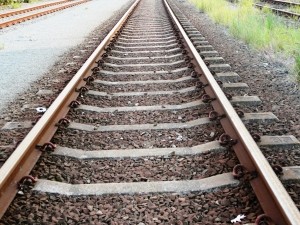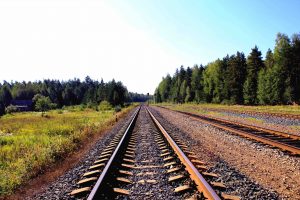 Most people think taking the train is safer than driving, but statistics show an alarming number of train accidents and train fatalities each year. With over 5,000 train accidents in 2018 so far, California is one of the leading states for train accidents nationwide. If you are ever involved in a train accident, It is important to know what to do (and what not to do) so that you can ensure the best odds of obtaining the maximum recovery possible for your injuries. If you or a loved one has been injured in a train accident, call the experienced train accident lawyers at Brod Law Firm today to learn how we can help fight for your rights and get you the compensation you deserve.
Most people think taking the train is safer than driving, but statistics show an alarming number of train accidents and train fatalities each year. With over 5,000 train accidents in 2018 so far, California is one of the leading states for train accidents nationwide. If you are ever involved in a train accident, It is important to know what to do (and what not to do) so that you can ensure the best odds of obtaining the maximum recovery possible for your injuries. If you or a loved one has been injured in a train accident, call the experienced train accident lawyers at Brod Law Firm today to learn how we can help fight for your rights and get you the compensation you deserve.
Seek Medical Help
The first thing you will want to do if you have been injured in a train accident is seek medical help. If you are involved in an accident on or with a passenger train, chances are someone has already called an ambulance. If you are not sure whether medical help is on its way, call an ambulance immediately.
 San Francisco Injury Lawyer Blog
San Francisco Injury Lawyer Blog


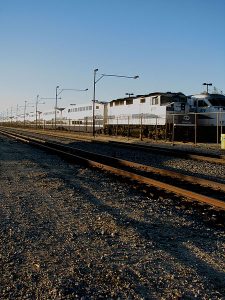
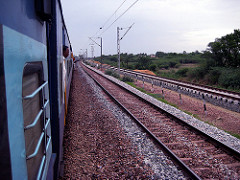 including both commuter rails and metro rails, allows people to travel for both work and play without the stress, environmental impact, and cost of commuting by car. However, as we were reminded this week,
including both commuter rails and metro rails, allows people to travel for both work and play without the stress, environmental impact, and cost of commuting by car. However, as we were reminded this week, 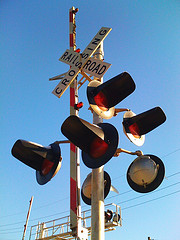 At The Brod Law Firm, we support efforts to make a variety of transportation options available to our Northern California community. Commuter trains and light-rail vehicles are critical to life at work and life at play for thousands of Californians. Transit systems not only need to be available to make our region run effectively and efficiently, they need to be safe. It is inevitable that tracks will meet roads and these crossings are among the most dangerous areas for mass transit systems. As a San Francisco light-rail accident lawyer, Attorney Brod helps people injured in crashes between trains and automobiles. Our team investigates, determines fault, and seeks compensation on behalf of those injured in
At The Brod Law Firm, we support efforts to make a variety of transportation options available to our Northern California community. Commuter trains and light-rail vehicles are critical to life at work and life at play for thousands of Californians. Transit systems not only need to be available to make our region run effectively and efficiently, they need to be safe. It is inevitable that tracks will meet roads and these crossings are among the most dangerous areas for mass transit systems. As a San Francisco light-rail accident lawyer, Attorney Brod helps people injured in crashes between trains and automobiles. Our team investigates, determines fault, and seeks compensation on behalf of those injured in 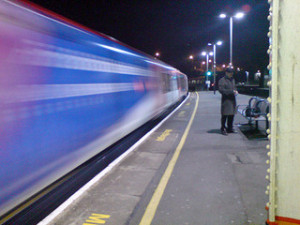
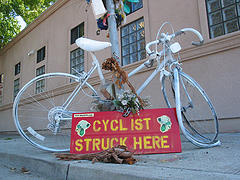
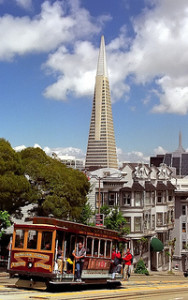 onductor was assisting passengers disembarking from a cable car on the Powell-Mason line when a car struck him, running him over and dragging him 10 feet. His injuries included bleeding in the liver, broken ribs, and a broken arm. Two months later, according to pending charges, a drunk motorcyclist hit a 50-year-old conductor from behind when the cable car operator was getting off the same line. The conductor remains in critical condition.
onductor was assisting passengers disembarking from a cable car on the Powell-Mason line when a car struck him, running him over and dragging him 10 feet. His injuries included bleeding in the liver, broken ribs, and a broken arm. Two months later, according to pending charges, a drunk motorcyclist hit a 50-year-old conductor from behind when the cable car operator was getting off the same line. The conductor remains in critical condition.